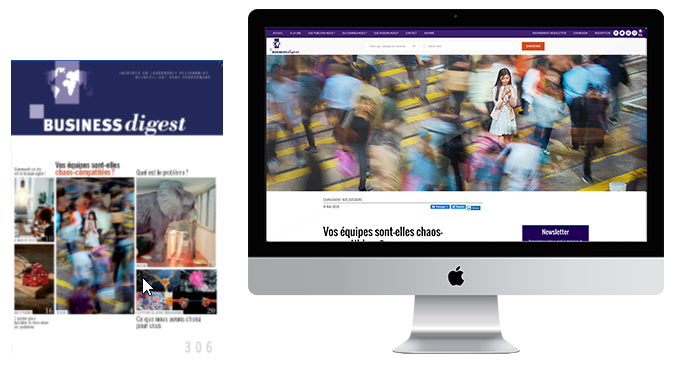How One Intuit Inc. regained the agility of its early days
“How do you take a company at scale and re-create the adaptability and intimacy of a startup?” Intuit Inc. CEO Brad Smith describes this as the critical issue that he and his 8,000-strong company had to resolve to stay relevant in the volatile software industry. Since 2008, their solution has been a strategic alignment model known internally as “One Intuit”.
Inspired by the possibilities of personal computing, Scott Cook and Tom Proulx founded Intuit Inc. in 1983 to provide personal accounting software for individuals and small businesses. In the company’s early days, working out of a small room in Palo Alto, California, Cook and Proulx centered their company around pleasing customers: “Ease of use, consumer-friendly packaging, rapid elimination of software bugs, and building brand loyalty – these were the pillars of Intuit’s business,” Fussell writes. As they grew, however, growing distances across bureaucratic silos and horizontal misalignment threatened to undermine Intuit’s core values of serving customers “better and quicker.” In 2008, Intuit’s CEO Brad Smith unrolled a new strategic alignment model designed to regain the agility of Intuit’s startup days – a decision that he continues to credit for Intuit’s explosive growth over the past almost 10 years.
Starting out more agile than established players
In 1991, Intuit’s tight alignment around their core values enabled them to nimbly outmaneuver a far more established but slower-moving opponent: the software giant Microsoft. At the time, Microsoft had 8,200 employees to Intuit’s 200, and 40 times their revenues. Aiming to swallow Intuit’s market whole, Microsoft released its own personal accounting software program, Microsoft Money, two months before the anticipated release date of Intuit’s product for Microsoft-operated PCs, Quicken for Windows. When Money hit the market, however, Intuit offered price rebates that could be redeemed when Quicken for Windows came out two months later. The cheaper price tag in combination with early reviews that spread news of Quicken’s superior packaging and greater ease of use convinced people to wait for it rather than purchase Microsoft Money. “When Microsoft realized what had happened, it issued its own price rebates, but these backfired,” Fussell writes. “Microsoft’s huge, reactive discounting drastically reduced potential profit margins for retailers, prompting them to further prioritize the sale of Quicken for Windows to customers.”
Growing into the problems of dispersed teams and bureaucratic silos
© Copyright Business Digest - All rights reserved

